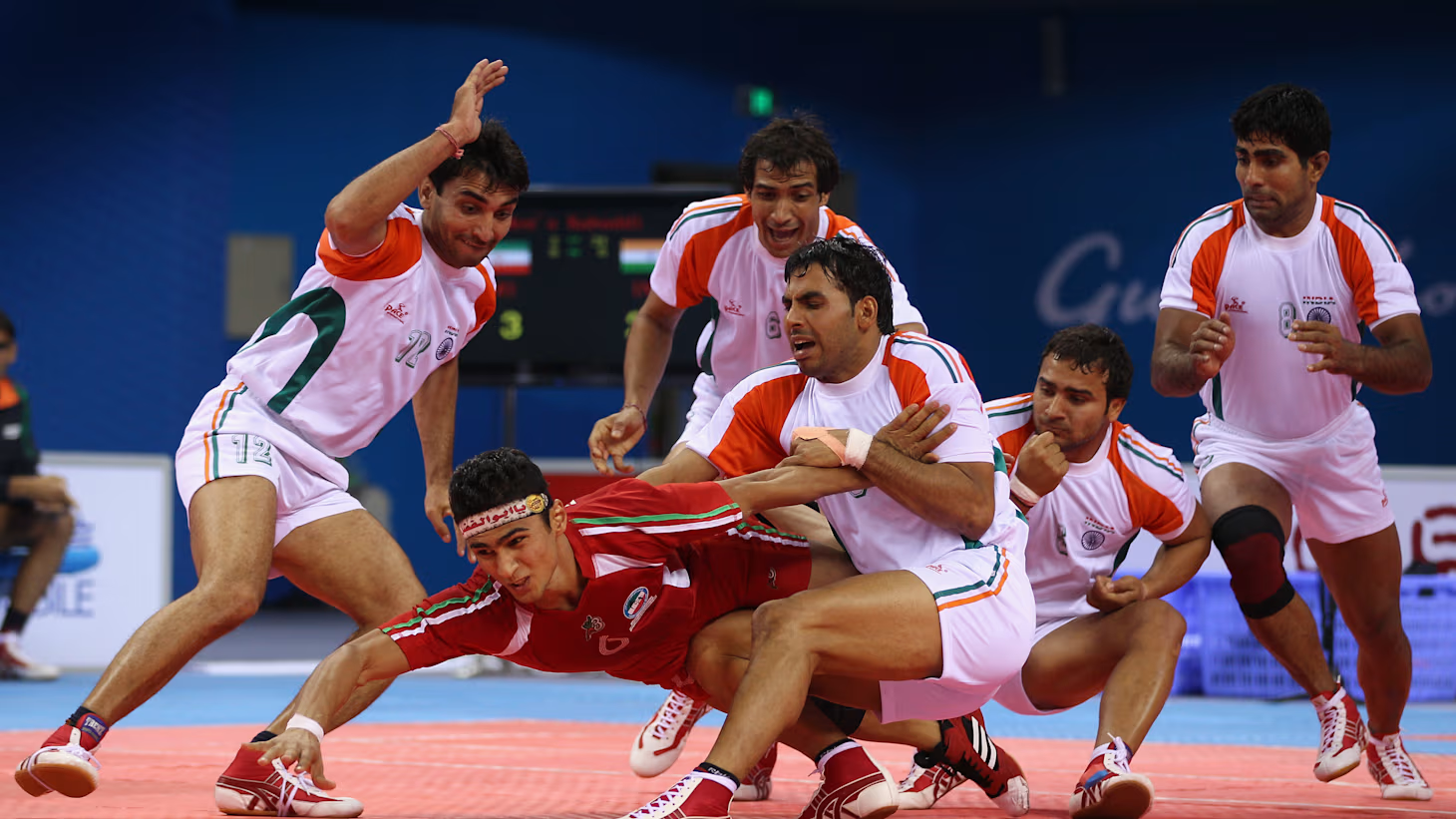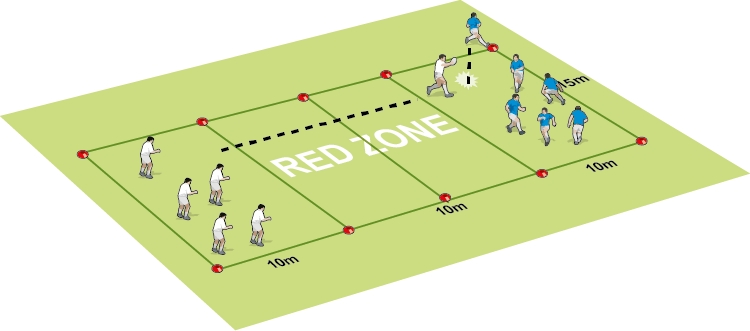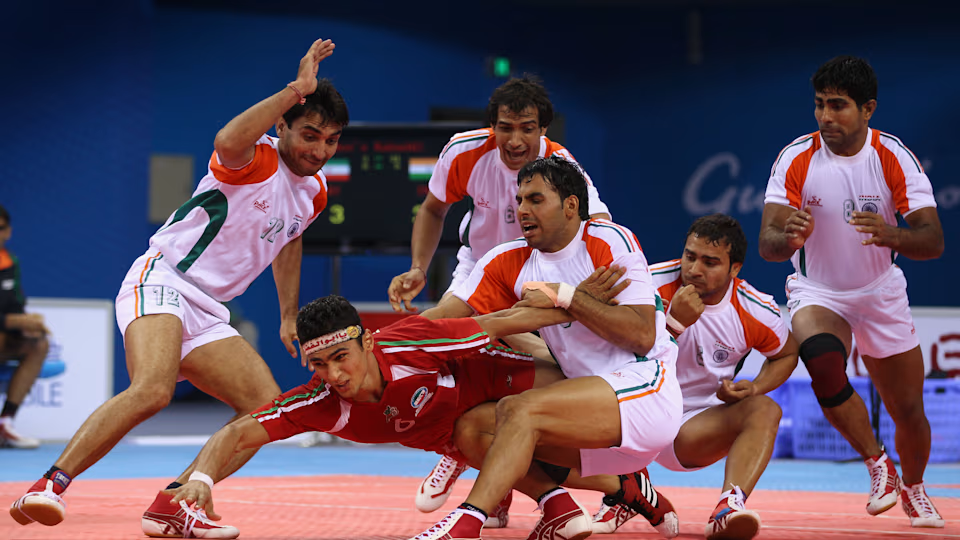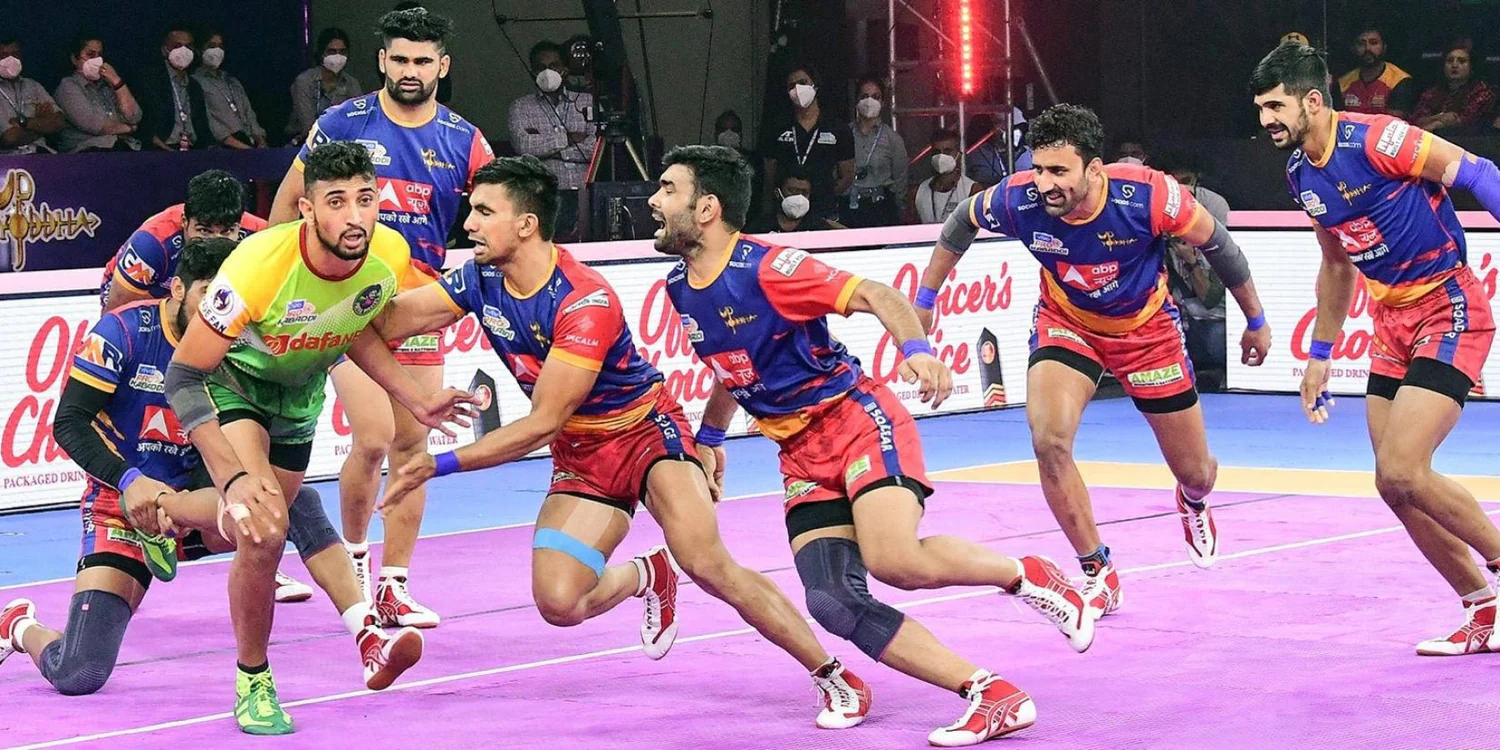In Kabaddi, positioning is crucial for both raiders and defenders. Whether you are attacking or defending, your position on the mat can determine the outcome of the game. Proper positioning allows raiders to evade tackles and score points, while defenders can block or tackle the raider effectively. This article explores how Kabaddi players can position themselves for maximum effectiveness, whether on offense or defense.

-
Offensive Positioning – How Raiders Should Position Themselves
Raiders need to position themselves carefully to avoid tackles and successfully tag defenders. The goal is to create space, deceive defenders, and attack at the right time.
Key Offensive Positioning Tips:
- Approach with Caution: As a raider, the first step is to carefully approach the defenders’ half. Moving slowly allows you to gauge the defenders’ positioning and assess their defensive setup.
- Exploit Gaps: Look for gaps in the defense, such as when defenders are spread out or focusing on a teammate. Attack these gaps quickly to increase your chances of tagging a defender.
- Use Sidestepping: Raiders should position themselves to sidestep defenders who are ready to tackle. By shifting quickly to one side, you can avoid being caught and create space for a successful raid.
- Create Misdirection: Positioning yourself in a way that suggests you will move in one direction, only to quickly change direction, will keep defenders guessing. This misdirection allows you to evade tackles more effectively.
Advanced Tips:
- Use the Bonus Line: Positioning near the bonus line is key to scoring bonus points. Try to get into a position where you can cross the bonus line if the opportunity arises, while still focusing on tagging defenders.
- Timing the Raid: Effective raiding often comes down to timing. Wait for the right moment to attack, when defenders are least prepared or distracted.
-
Defensive Positioning – How Defenders Should Position Themselves
Defenders must position themselves strategically to prevent raiders from tagging them or escaping. Effective defensive positioning relies on teamwork, awareness, and the ability to react quickly to the raider’s movements.
Key Defensive Positioning Tips:
- Form a Wall: Defenders often position themselves in a line or wall to prevent raiders from passing through. By maintaining a strong defensive structure, defenders can minimize the raider’s options and close off potential escape routes.
- Stay Between the Raider and the Bonus Line: One of the primary goals of a defender is to keep the raider from crossing the bonus line. Position yourself between the raider and the bonus line to block their path and force them to take unnecessary risks.
- Focus on the Raider’s Movement: Position yourself in a way that allows you to track the raider’s movements. Anticipating their next move allows defenders to react quickly and attempt a successful tackle.
- Positioning for Tackles: When going for a tackle, make sure your body is positioned in a way that maximizes your chances of success. Avoid lunging too far forward, as this can leave you open to counters from the raider.
Advanced Tips:
- Anticipate the Raider’s Strategy: Pay attention to the raider’s tendencies and positioning. If a raider frequently uses fakes or sidesteps, adjust your positioning accordingly to counter these tactics.
- Work in Pairs: Teamwork is essential for effective defense. Pairing up with a teammate to form a tighter defense will allow you to corner the raider and make tackles more efficiently.
-
Mid-Court Positioning – The Transition Zone
The mid-court area is crucial for both raiding and defending. Players in the mid-court must be ready to transition quickly between attack and defense, often switching between roles within seconds.
Key Mid-Court Positioning Tips:
- Be Ready for Both Roles: Mid-court players must position themselves in such a way that they can quickly shift from offense to defense. This requires staying alert and understanding both raiding and defending tactics.
- Support Your Teammates: Position yourself to assist both raiders and defenders. If a raider is caught, be ready to cover for them, and if a defender is overwhelmed, help reinforce their position.
- Control the Pace: The mid-court player often dictates the pace of the game. By positioning yourself intelligently, you can control the tempo and force the opposing team to play at your pace.
Advanced Tips:
- Anticipate Transitions: Quickly shifting between offense and defense requires the ability to read the game. Stay aware of when your team will be transitioning and position yourself accordingly.
- Play Off the Opponent’s Movements: By watching the opponent’s movements, you can anticipate their next play and position yourself to counter it, either by supporting a raid or stopping a defender.
-
Positioning for Team Coordination – Working as a Unit
While individual positioning is important, the ability to work as a cohesive unit is what makes a Kabaddi team truly effective. Team coordination ensures that all players are in the right position at the right time, making it easier to execute strategies and react to the opponent’s moves.
Key Tips for Team Positioning:
- Form Defensive Shapes: Whether it’s a chain defense or a circle, ensure that your team is positioned in a way that minimizes gaps in your defense. A cohesive defensive shape makes it harder for raiders to slip through.
- Raider Support: When attacking, ensure that the raiders are supported by their teammates. Defenders should work together to create traps for the raider, and raiders should coordinate with their teammates to distract or confuse defenders.
- Communication: Effective communication helps players adjust their positioning based on the flow of the game. Regular calls and signals ensure that everyone knows their role in each play.





